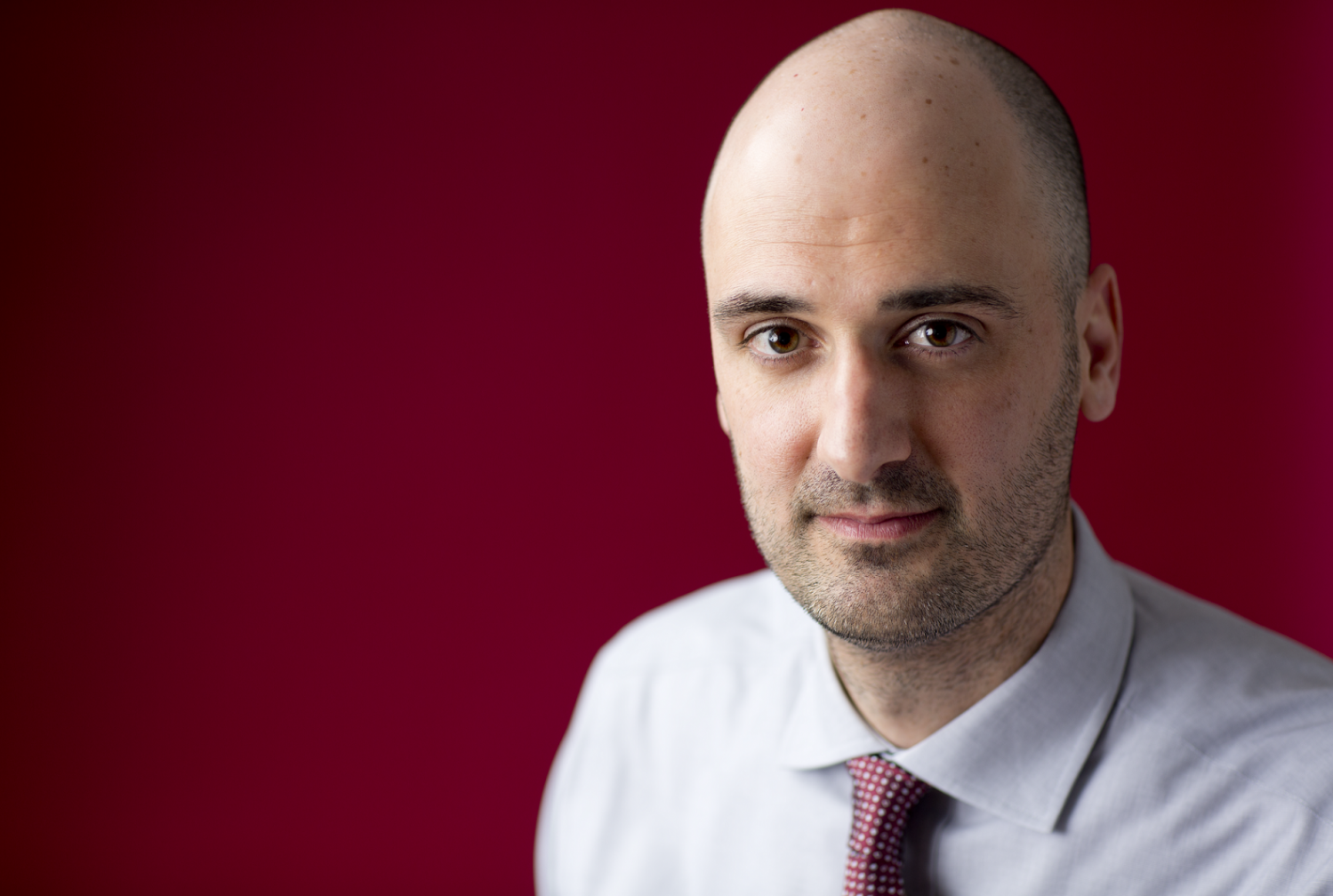By Heather Salerno
Photos by John Abbott
Robin Kellner’s daughter, Zoe, was the kind of child that would make any mother proud. She was bright and beautiful, creative and curious. But by the time Zoe was a sophomore at a college in Florida, she was struggling with drug misuse—once accidentally overdosing while Kellner was visiting in fall 2003. Kellner rushed to the ER to find Zoe on a gurney, incoherent and her mouth black from the charcoal doctors had used to try to absorb the Xanax in her stomach. But during the 36 hours that her daughter spent in the hospital, Kellner says the two were treated with disdain; Kellner was even told to sit down and be quiet when she tried to ask questions. No one offered much guidance on how to support Zoe once she was discharged, Kellner says, or informed them that Zoe was at a significantly higher risk of overdosing again in the future. As Kellner recalls: “I was left trying to figure out, ‘How did this happen? What do we do now?’”
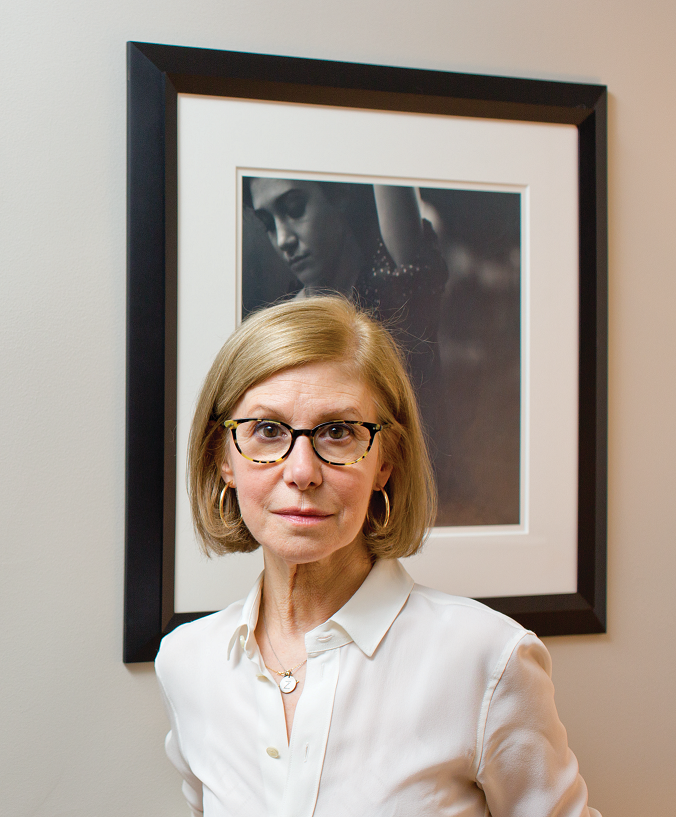
A MOTHER’S MISSION: Ever since her daughter, Zoe (seen in a black-and-white photo in the family home), died of an accidental overdose, Robin Kellner has advocated for awareness that drug addiction is a disease that deserves compassionate treatment.
After Zoe returned home to New York City, Kellner reached out to doctor after doctor, desperate for advice. She says their responses were often unsympathetic and unhelpful—with one prominent physician recommending that she have her daughter arrested to scare her into sobriety. “There were so many moments when Zoe interacted with doctors that I think were missed opportunities, that could have really turned things around,” Kellner recalled in January during a seminar for first-year internal medicine residents at NewYork-Presbyterian/Weill Cornell Medical Center who were learning about substance use disorder. “But instead of looking at Zoe as someone who had mental health issues that were pushing her in this direction, she was looked at as a spoiled kid who was indulging in bad behavior. No one was saying, ‘This is a sick child, and this is what her treatment should be.’” Zoe eventually started going to therapy, resumed her studies in the city, and seemed to get better; then one day, Kellner came home from work and Zoe was high again. Finally, someone told Kellner about an addiction specialist who might be able to help. Zoe agreed to meet with him, but in April 2007— just days before her appointment—she died in her bedroom of another accidental overdose. She was only 22. “Stigma is a killer,” Kellner told the six residents. “It keeps people from getting the help they need.”
Capturing the raw and sometimes harsh experience that patients like Zoe can endure is integral to the mission of Dr. Jonathan Avery, director of addiction psychiatry and an associate professor of clinical psychiatry at Weill Cornell Medicine and an attending psychiatrist at NewYork-Presbyterian/Weill Cornell Medical Center. His goal is to reform a pervasive problem that is slowly gaining attention: many clinicians—even psychiatrists and addiction specialists—hold negative attitudes toward patients with substance use disorders, which can increase these patients’ feelings of shame, discourage them from seeking treatment and limit the quality of care they do receive. He is studying the stigma these patients face and—in part with philanthropic funding from Kellner and her husband, John Sicher—is developing interventions at the educational and practice levels that are aimed at shifting doctors’ mindsets, with the goal of improving the likelihood that people with substance use disorder will overcome their dependence on alcohol or drugs. “It turns out that doctors aren’t different from anyone else,” Dr. Avery says. “Even after they learn the neurobiology of addiction and how it’s a brain disease, doctors can still view it—much like the general population— as a moral failing, or people making bad choices that deserve more punishment than treatment.”
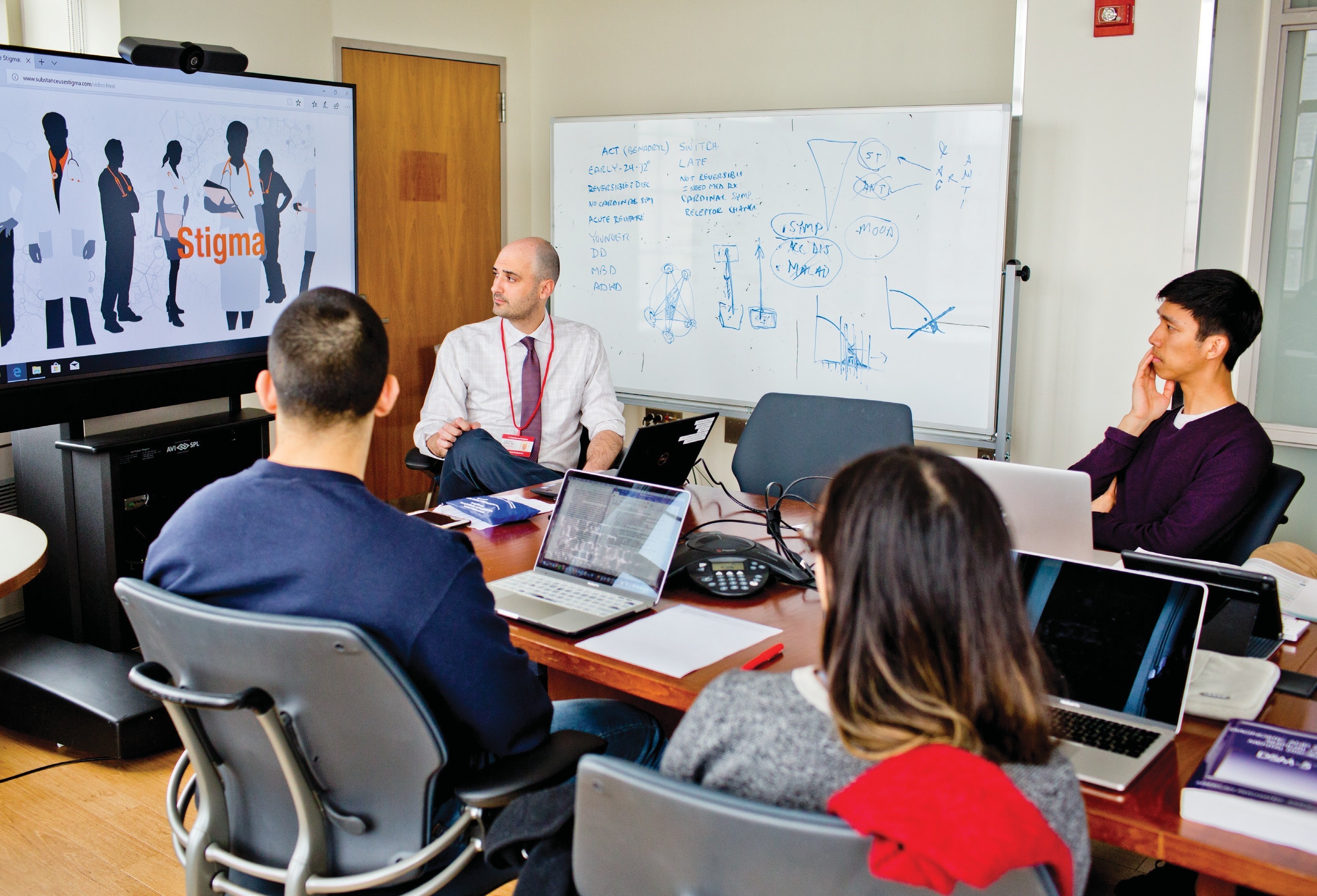
THE BASICS: Dr. Avery (center) gives medical students an introductory lesson on issues surrounding drug misuse.
Dr. Avery’s advocacy around the judgment that people with substance use disorder encounter coincides with a broader societal reckoning with inequities rooted in racism, sexism and other forms of discrimination. The soul searching extends to medicine, where practitioners are reflecting on their own entrenched biases and wondering how they can provide more equitable and appropriate care. Dr. Avery believes his work is tied to these important movements, since individuals with substance use disorders face prejudice on many fronts—and he isn’t the only one trying to reduce addiction-related stigma. Doctors from institutions such as Massachusetts General Hospital and Johns Hopkins University are addressing the problem, and the New York City-based nonprofit Center on Addiction has made eliminating stigma part of its mission. “Hopefully,” says Dr. Avery, “the current environment of advocacy and sharing difficult life experiences will help.”
His work is also critical given the country’s current opioid epidemic, which the U.S. government has officially declared a public health emergency. According to the Centers for Disease Control and Prevention, drug-related deaths have more than tripled since 1999, with more than 70,000 lives lost in 2017 alone. In New York City, more people die of drug overdoses than homicides, suicides and motor vehicle crashes combined, with opioids involved in more than 80 percent of all overdose deaths. Despite this crisis, Dr. Avery says, many clinicians avoid working with patients who have addictions. Just 10 percent of patients with addictions to substances other than nicotine receive treatment, according to a 2012 report from the Center on Addiction. Discrete courses on addiction are rare in medical schools, and required addiction-related content on board exams is “minimal,” according to the report. What’s more, it found that of the 985,375 actively practicing doctors in the United States, just 1,200 are addiction specialists, with 355 self-identified as addiction psychiatrists. With most medical training based in hospitals—where substance use disorder patients tend to be in crisis, and with little exposure there to positive outcomes—many physicians are disillusioned and feel disempowered by the time they complete their training, Dr. Avery says. But he says that possessing the skills and comfort to treat affected patients is essential—not only as a matter of social justice, but of practicality, since such patients present throughout the healthcare system. “There needs to be this culture shift where all doctors are addiction doctors,” Dr. Avery says, “where we’re happy to see these patients and can help them.”
Dr. Avery is working to bring fellow psychiatrists and physicians from other specialties—from emergency medicine to internal medicine to OB/GYN—into the fold by teaching them the best strategies to engage with and treat those who misuse drugs or alcohol. He directs seminars for medical students, interns and residents that are partly intended to inspire empathy for people with substance use disorders—a feeling he hopes will stay with these doctors throughout their careers and motivate them to take a more active interest in helping such patients get better. Dr. Avery gives similar talks nationwide, including at meetings of medical organizations like the American Psychiatric Association, and has created a series of videos highlighting patients in recovery, which have been viewed by more than 10,000 doctors nationwide. Dr. Avery also co-authored The Stigma of Addiction: An Essential Guide, one of the few books on the subject; published in January by Springer, it discusses ways in which professionals and laypeople can avoid stereotyping addiction and improve negative attitudes, with the aim of achieving better outcomes. “Jon isn’t just working in our local community, he’s working in a way that others can be educated on a broader scale,” says Dr. Francis Lee, chairman of psychiatry at Weill Cornell Medicine and psychiatrist-in-chief at NewYork-Presbyterian/Weill Cornell Medical Center. “I think what he’s doing to target doctors in other fields is also brilliant, because most of the physician workforce is going to encounter these patients—not just psychiatrists, who mainly see them when their condition is very bad. They typically present in the general emergency department or in primary care settings. And ultimately, we all need to be aware that if clinical care providers have negative attitudes toward these patients, they will likely not get better.”
Shifting Outlooks
Dr. Avery’s own studies reinforce the need for such change. One of his latest investigations, published earlier this year in the Primary Care Companion for CNS Disorders, found that resident physicians’ attitudes toward people misusing substances was more negative than those toward people with schizophrenia or major depressive disorders—and that those attitudes tend to get worse over time. Plus, he found that emergency medicine residents held a poorer view of these patients than did residents in internal medicine and OB/GYN. Why? Dr. Avery believes it’s because doctors who work in acute care settings like emergency departments more frequently encounter the most severely ill substance-using patients, who can be challenging when they’re intoxicated or in withdrawal.
At the same time, he says, most doctors and healthcare workers are rarely exposed to individuals who have overcome their addictions—even though the latest figures show there are 23.5 million Americans in recovery, a bigger population than the estimated 21.5 million who currently suffer from a substance use disorder. “If your active experience is with those who are using or misusing substances,” says Dr. Avery, “you tend to forget about the people who get better or are likely to get better in the future.” Michael Sideris, a third-year medical student who is assisting Dr. Avery with research in this area, witnessed the problem firsthand when he worked as an EMT in Boston after graduating from college. He was shocked by comments his colleagues sometimes made when they got repeated calls to help the same overdosing patients—things like, “We should just let them die. Why are we even going?” “That experience had a profound effect on me,” Sideris says. “If patients can’t even get their foot in the door without feeling stigmatized or mistreated, then providers are doing them a disservice in the long run. They deserve better.”
Dr. Avery counts himself fortunate to have witnessed good outcomes early in his training, which informed his understanding of the issue. As a resident, he followed one patient who used alcohol excessively and was hospitalized for depression, but ultimately went on to stop drinking, get married, and have a child. “Starting with medical school, I started having these really positive experiences with people with substance use disorders,” says Dr. Avery. “They’re at rock bottom, and before you know it they have a family and a career and their life is back on track.” He notes that there are many paths to recovery. Addiction can be treated in numerous settings—from long- and short- term residential treatment to individualized and group counseling—using a variety of behavioral and pharmacological approaches. According to the National Institute on Drug Abuse, there are currently 14,500 specialized drug treatment facilities in the United States that provide services to patients with substance use disorders. Though relapse is common, with rates between 40 and 60 percent, experts point out that these rates are similar to those for other chronic diseases like hypertension or Type I diabetes. Research, too, backs up the idea that treatment can work. Data from the Partnership for Drug-Free Kids and the New York State Office of Alcoholism and Substance Abuse Services indicates that 10 percent of all American adults have overcome a problem with alcohol or drugs.
To encourage a more optimistic view among his colleagues, Dr. Avery includes real patients in recovery in his training seminars and videos. They include Liam (who asked that his real name be withheld to protect his privacy), who has been giving in-person presentations to Dr. Avery’s students and others at NewYork-Presbyterian/Weill Cornell Medical Center for the past three years. Liam has been sober since 2012, after more than a decade of misusing alcohol, marijuana and other drugs. “Alcoholics and addicts are not necessarily bad people turning good,” he said, speaking at the same session as Kellner. “We’re sick people getting well.” Liam noted that he was hospitalized 13 times before finding a psychiatrist who properly adjusted his medications for a mood disorder, a major factor in his drug use. He added that having physicians who listened to him without judgment was also critical in his recovery. “I know doctors don’t always have time for that,” he said, “but even 10 minutes can make a big difference.”
That ability to meet patients where they are is another strategy Dr. Avery addresses with medical students and residents, and he explains how to shift from scolding a patient about substance misuse— what he calls “finger wagging”—to discussing the problem in a respectful, open-minded way in a technique called motivational interviewing. Word choice can be a subtle but course-shifting tactic: He points out that terms like “addict,” “junkie” and “abuse” demean patients who have a real disease, and can turn patients off from continuing to work with a doctor. Instead, he suggests that physicians ask patients if they can share their concerns about the effects of addiction (for example, “Would it be all right if I share some thoughts on why I’m worried about your marijuana use?”), rather than simply providing information, since most patients already know that their behavior is unhealthy. He argues that motivational interviewing is not just better for patients—it also relieves pressure on doctors who may feel they need to “save” them on the spot. “The idea is that there’s a part of everyone that doesn’t want to change and a part of everyone that wants to change, and so through patience and questioning you align yourself with the part of the person that wants to change,” Dr. Avery says. “It’s really just about rolling with resistance and being patient in knowing that the likelihood is that people will get into recovery and that motivation will come.”
Reaching Out
Dr. Avery also urges clinicians to talk about addiction with patients, even if they’re coming in about a separate medical problem. That made an impact on Dr. Chou Chou, a first-year resident in internal medicine who attended the January seminar. “As internists we’re on the front lines, and sometimes it’s easy to just roll with things when you’re in the hospital with a lot of sick patients,” says Dr. Chou. “Someone may come in with the flu or a heart issue, and we take a look at old providers’ notes and see ‘alcohol abuse,’ but it’s something that hasn’t really been addressed during the hospital visit because other things are going on. This was a nice reminder not to miss an opportunity.” Dr. Chou also appreciated that while Dr. Avery talked about the benefits of behavioral therapy and counseling, he emphasized that there are effective, FDA-approved medicines like naltrexone—which blocks the effects of narcotics—that physicians can prescribe to help manage alcohol and drug use disorders. “I never offered those medications before because I felt so uneducated about them,” says Dr. Chou. “It makes you feel like there’s something active you can do for those patients.”
Dr. Avery is finding that even short interventions with physicians can influence their attitudes. For a study published in February in the Hospital for Special Surgery Journal, he sent a questionnaire about individuals with alcohol and opioid use disorders to internal medicine and psychiatry residents, then had them view an eight-minute online training video about addiction stigma; when he followed up with the same questionnaire six months later, he found that the residents’ views of people with substance use disorders had improved significantly. While Dr. Avery acknowledges that the study had its limitations—for example, the clinicians’ attitudes might have been improved by factors other than the training video—he sees it as an encouraging sign, since those views tend to become more negative during residency training. “It’s about giving them tools that allow them to be open and non-judgmental,” he says, “and letting them feel that they have the ability to offer patients options—and hope.”
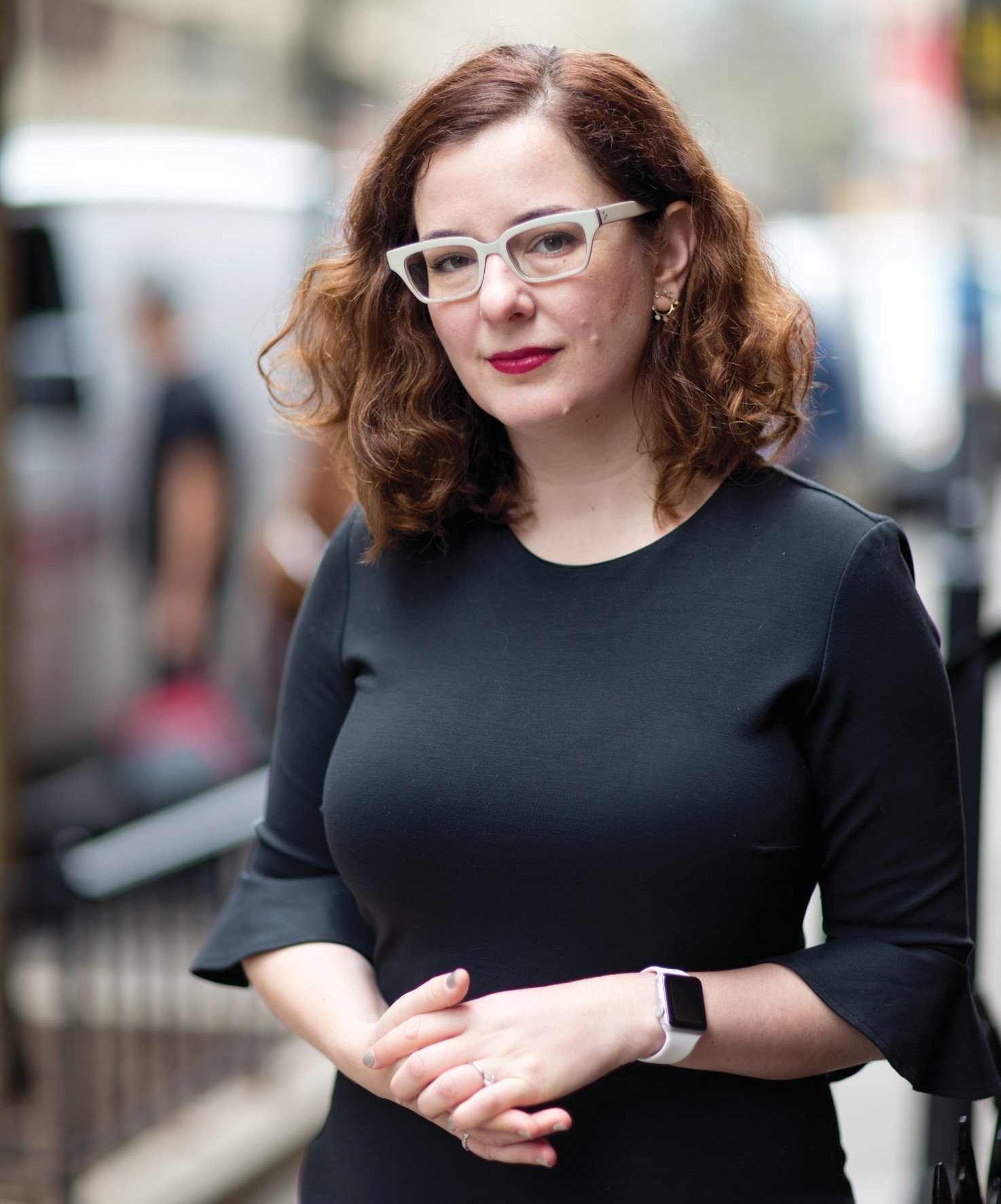
Dr. Zhanna Livshits
Another initiative that could make a marked difference is the medical center’s program for distributing naloxone, a drug that can reverse an overdose. If a doctor or nurse suspects that a patient in the emergency department is misusing opioids, he or she can ask if that patient or a family member would like to take home a kit containing two nasal spray doses; the patient is also given a list of local pharmacies that will dispense naloxone without a prescription. That program was supported by a gift from Kellner and Sicher, who also funded a separate effort through NewYork-Presbyterian/Weill Cornell Medical Center that distributes naloxone kits in the city. Programs like these are associated with a reduction in deaths from opioid overdose; they also give healthcare professionals an opening for a larger conversation about possible treatment. “We plant the seed that we’re here for patients if they ever want any resources,” says Dr. Zhanna Livshits, an assistant professor of clinical emergency medicine and clinical director of Weill Cornell Medicine’s Opioid Overdose Prevention Program. Dr. Livshits is also helping Dr. Avery examine whether the naloxone distribution program is affecting how equipped emergency medicine physicians feel to help patients with substance use disorder. “Every life is important,” she says. “People are allowed to have second, third, fourth, fifth and sixth chances.”
Dr. Arnab Ghosh, an assistant professor of medicine at Weill Cornell Medicine and an assistant attending internist at NewYork-Presbyterian/Weill Cornell Medical Center, is also collaborating with Dr. Avery to encourage more clinicians to treat addiction. Since federal law requires that doctors take an eight-hour training course before they can prescribe buprenorphine, a drug that reduces opioid cravings and withdrawal symptoms, much of his work involves making it easier for physicians to meet those requirements and encouraging them to pursue the training. Dr. Ghosh is part of a task force that is working on building an opioid education segment into training for nurses, social workers and patient care managers at the medical center, so they can better identify high-risk patients and direct them to appropriate outpatient facilities that provide specialized care. Dr. Ghosh also helps distribute information about those facilities to doctors who prescribe buprenorphine, so they know where to send patients who have an opioid use disorder. “We know that someone in New York City dies of an overdose every six hours,” he says. “There is an urgency to this.”
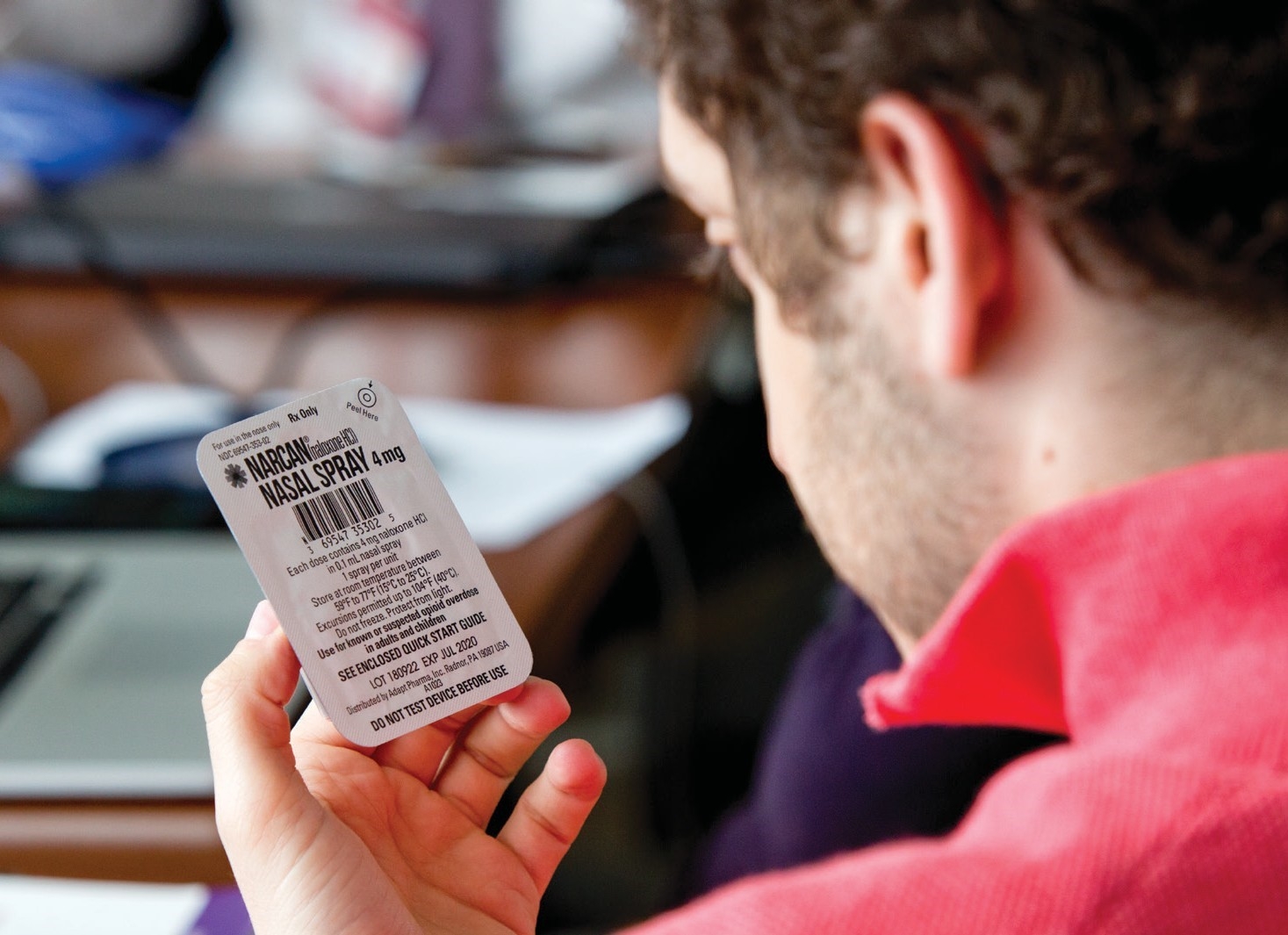
LIFE SAVER: A medical student examines a sample of Narcan (a brand of naloxone), which can reverse the effects of an overdose.
As for Dr. Avery, his next steps include creating an online interactive module that physicians and other healthcare providers could use to get immediate feedback on how their own attitudes about people who misuse substances compare with those of other clinicians. He also aims to develop a virtual reality program that would allow providers to better understand what addiction feels like from a patient perspective. In these, as in all of his training and intervention efforts, Dr. Avery wants to convey his belief that treating such patients can be incredibly rewarding. “All of medicine is about battling chronic diseases,” he says. “But I personally feel like you get more change with these folks than with any other patients. These are people who—if they can get their substance use under control—can live very different lives.”
This story first appeared in Weill Cornell Medicine, Spring 2019

